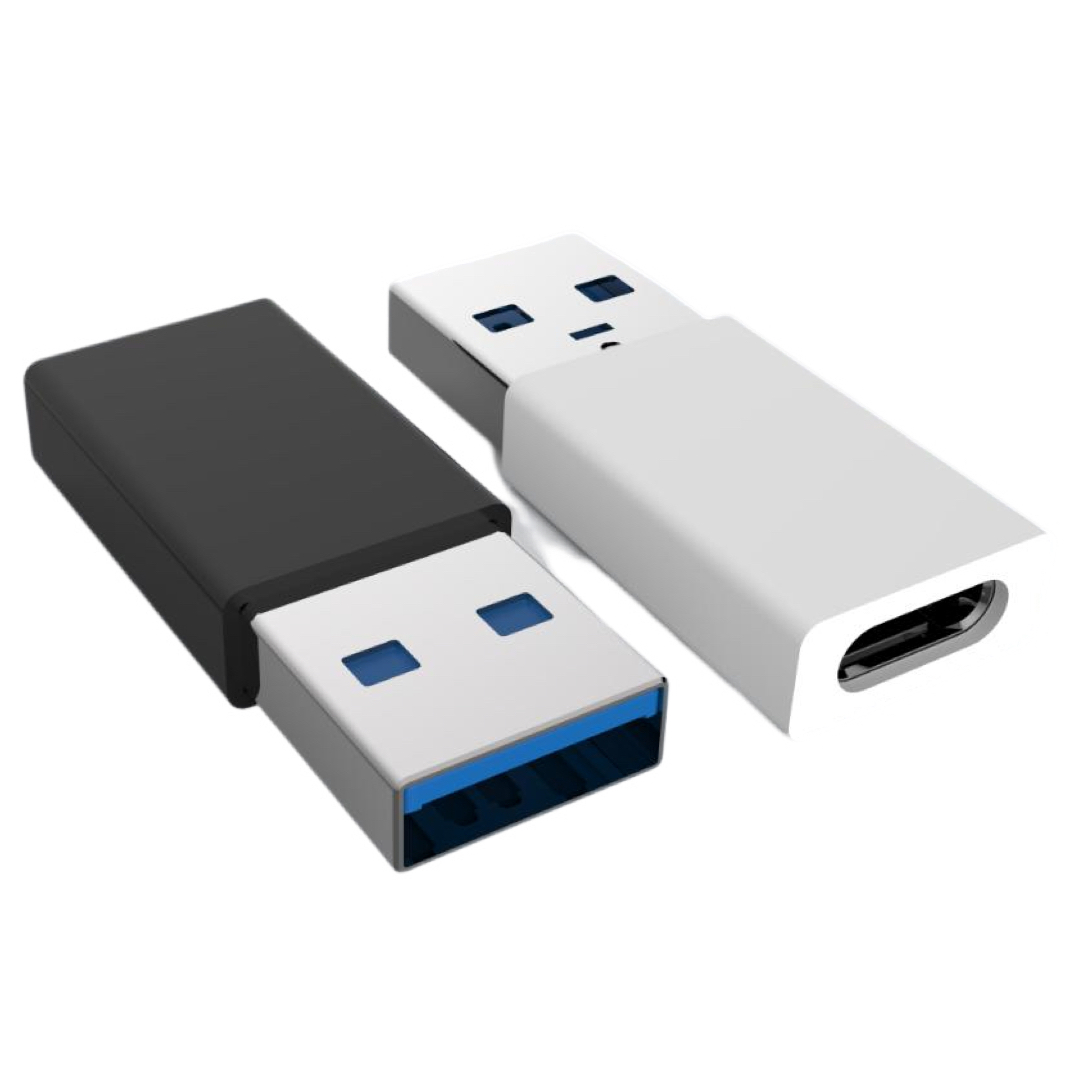Understanding the Functions and Uses of Audio Adapters

Audio adapters play a crucial role in ensuring seamless audio connections between different devices. Whether you are trying to connect your headphones to a computer, speakers to a TV, or a microphone to a mixer, audio adapters provide the necessary interface for smooth communication. This article will delve into the functions and uses of audio adapters, providing you with a comprehensive understanding of their importance in solving audio connection problems.
1. Bridging Different Audio Connectors
One of the primary functions of audio adapters is to bridge the gap between different audio connectors. With the numerous types of audio connectors available in the market, it can be challenging to connect devices if their ports are incompatible. Audio adapters come in various forms, such as 3.5mm to 6.35mm adapters, RCA to XLR adapters, and USB to 3.5mm adapters, allowing you to connect devices with different connectors effortlessly. These adapters effectively convert the audio signal to match the desired connector, ensuring compatibility and proper functioning.
2. Converting Stereo to Mono or Vice Versa
Another essential use of audio adapters is converting stereo audio to mono or vice versa. Stereo audio refers to sound that is divided into two channels, creating a more immersive audio experience. On the other hand, mono audio consists of a single channel, resulting in a uniform sound output. Audio adapters equipped with stereo to mono or mono to stereo conversion capabilities come in handy when dealing with audio devices that support only one type of signal. So, whether you are connecting headphones, speakers, or mixers, audio adapters can modify the audio signal to match the desired output.
3. Extending Audio Connections
Audio adapters are also useful for extending audio connections. Sometimes, the audio cable that comes with a device may not be long enough to reach the desired destination. Audio extension adapters allow you to increase the length of the audio cable effectively. These adapters typically feature female connectors on both ends, enabling you to connect two male audio cables to create a longer, uninterrupted connection. This is particularly useful in scenarios such as DJ setups, where you may need to position the speakers farther away from the mixer or audio source.
In conclusion, audio adapters are invaluable tools for solving audio connection problems. Whether you need to bridge different audio connectors, convert stereo to mono or vice versa, or extend audio connections, audio adapters provide the necessary interface and functionality. By understanding the functions and uses of audio adapters, you can ensure seamless audio connections between various devices, enhancing your overall audio experience.



